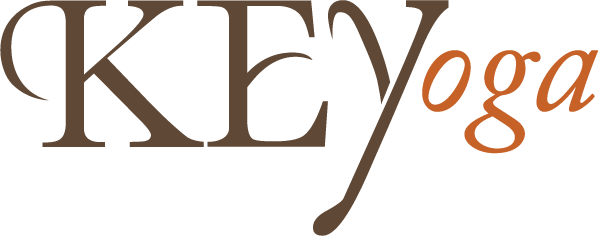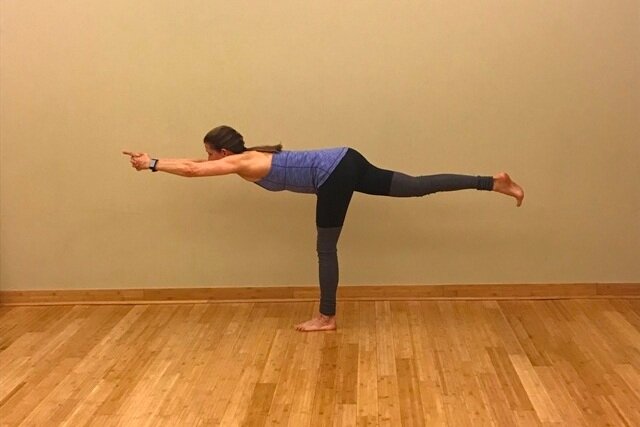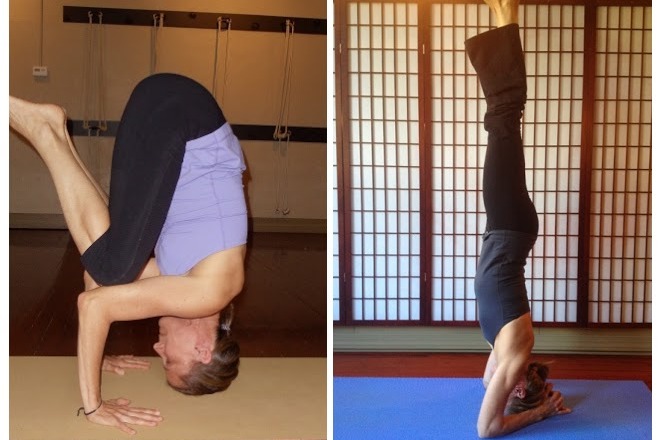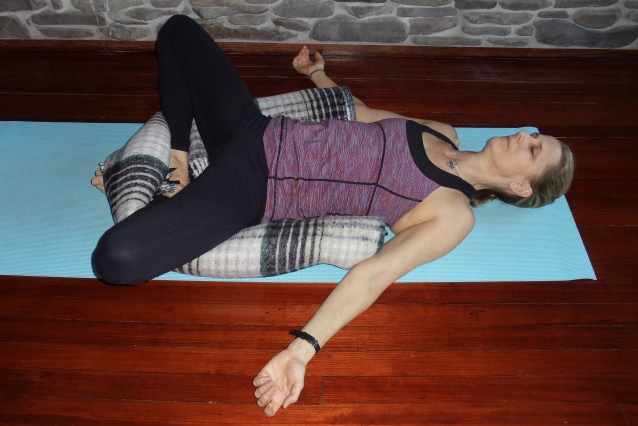Pinca Mayurasana
Pinca Mayurasana is an intermediate arm balance. It is taught after Headstand and Handstand have been introduced. It is easier to learn to balance in than Handstand because you have more of a foundation to ground you. It is similar to Headstand, except that it requires more strength and stretch in the shoulders as the head is lifted off of the ground.
Pinca requires the full range of motion in the shoulder girdle, where the arms are raised in the overhead position in line with the torso in 180 degrees of flexion. It is often a good idea to begin with shoulder stretches when warming up for this posture. If you are tight in your shoulders, you will feel that this Forearm Balancing Pose is more of a back bend, but it is not meant to be. There are variations where you can back bend into a Scorpion version, but the basic pose is an upside-down Tadasana on your forearms.When you begin to learn any inversion, there is a tendency to become disoriented. All inversions in yoga literally turn our worlds upside down. Can we stay connected when this happens? Can we breathe and pay attention to where we are and what we’re doing? Practicing the right angle version of Pincha Mayurasana in the beginning allows you to get a sense of the pose while being able to remain in your center. It also helps you build strength.
Yoga, as defined by Patanjali in his Yoga Sutras, should be practiced without interruption over a long period of time. This is really important when you start going upside down and balancing on your arms instead of your feet. Pincha Mayurasana demands this of us. In return it will repay us with a wonderful sense of strength and confidence. With the body in an inverted position, prana circulates stimulating the circulatory system, the glandular system and cleansing the mind. Not only do inversions help us to face our fears, they help regulate the chemistry of the mind; balancing depression and anxiety. With consistent practice over a long period of time the benefits of this pose are endless.
There is a Japanese word, sat, the meaning of which can be described as the moment right before a performer walks on stage when the heart is racing with the knowledge that anything could happen, the moment right before creation, the moment of crisis. This is very close to the Sanskrit word Satya meaning truth. It is this moment of crisis, this moment of truth that we have the opportunity to confront our fear and to feel the most alive. There is a moment of sat before you perform any pose that scares you. There can be a moment of sat right before you lift your leg above your head for Pinca Mayurasana.












